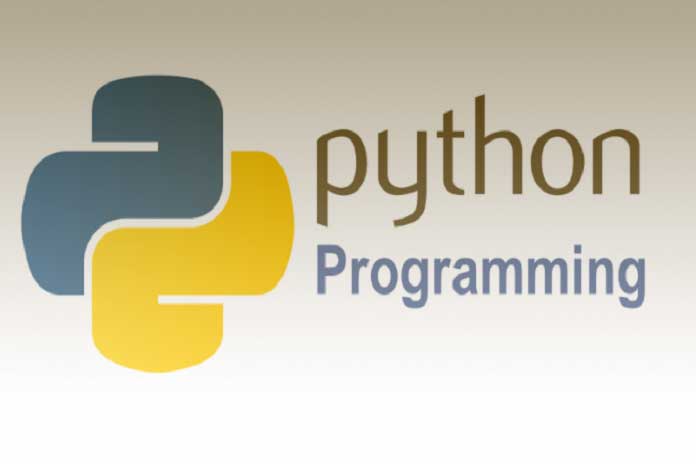With the help of this program, We will now familiarize you with individual basic terms of Python programming, which are essential for learning and understanding Python. First of all, let’s take a look at how such a Python file is processed: The program always starts at the top of the file and works through the program from there line by line downwards. Since we have only written one line, the program begins to process this one line of code immediately after the “run” button clicks.
Function
And the first thing it sees is the word print. Print is a so-called function that allows us to print something on the console. In plain language, this means that when we call this print function, everything between the double superscripts is printed out on the console. For example, if we want to expand this to “Hello world, I’m just learning to program,” this new text will be output as soon as we rerun the program. Set of commands grouped under a single name. Example:
- print (“Text” ): displays text in the console
- input (“Text” ): allows you to enter a variable that the user has chosen via the console.
Instructions
In technical terms, such a line is referred to as a so-called instruction. This instruction tells the computer what to do. For example, if we copy this statement and paste it again on the following line, as soon as we run the program, the computer will print the sentence twice in a row on the console because we finally instructed it to do just that.
Comments
In addition to these instructions, which give the computer commands, there are also so-called comments in programming. To comment, write a hash (hashtag), followed by a space and the statement you want to write about it. For example, here we can write: # This is our Hello World program. The difference between a comment to instruction is that the computer completely ignores a comment when the program is executed. So words are used to make small notes within your schedule to describe certain things. With a comparatively long program that you haven’t seen for several weeks or even months, comments can be constructive in finding your way around your project.
You will find that words are beneficial in your programming career over time. Incidentally, comments do not always have to be written in one line but can also be placed at the end of a statement. This brings us to the end of this introduction to the Python programming language. Today, you learned about Python, how to write your first own program, what the print function is all about, and got to know other critical basic terms. If you want to continue learning Python, check out the following blog posts because that’s where it starts to get exciting.
- # Text: helps to understand program lines for a third-party coder.
- ‘” ‘(the quotation marks): conventionally, they are used for text that participates in the code.
Libraries / Bookstores
Set of modules or functions adding possibilities to Python. Example: NumPy (for mathematical calculations), matplotlib (for graphics)…
The Variables
Area of computer memory in which a value is stored. Warning, by default, Python considers that a variable stored using the input() function is text. If you enter a number (very often the case), you will have to specify that it is a number using the float() or int() functions.
Also Read: What You Can Do With Python


